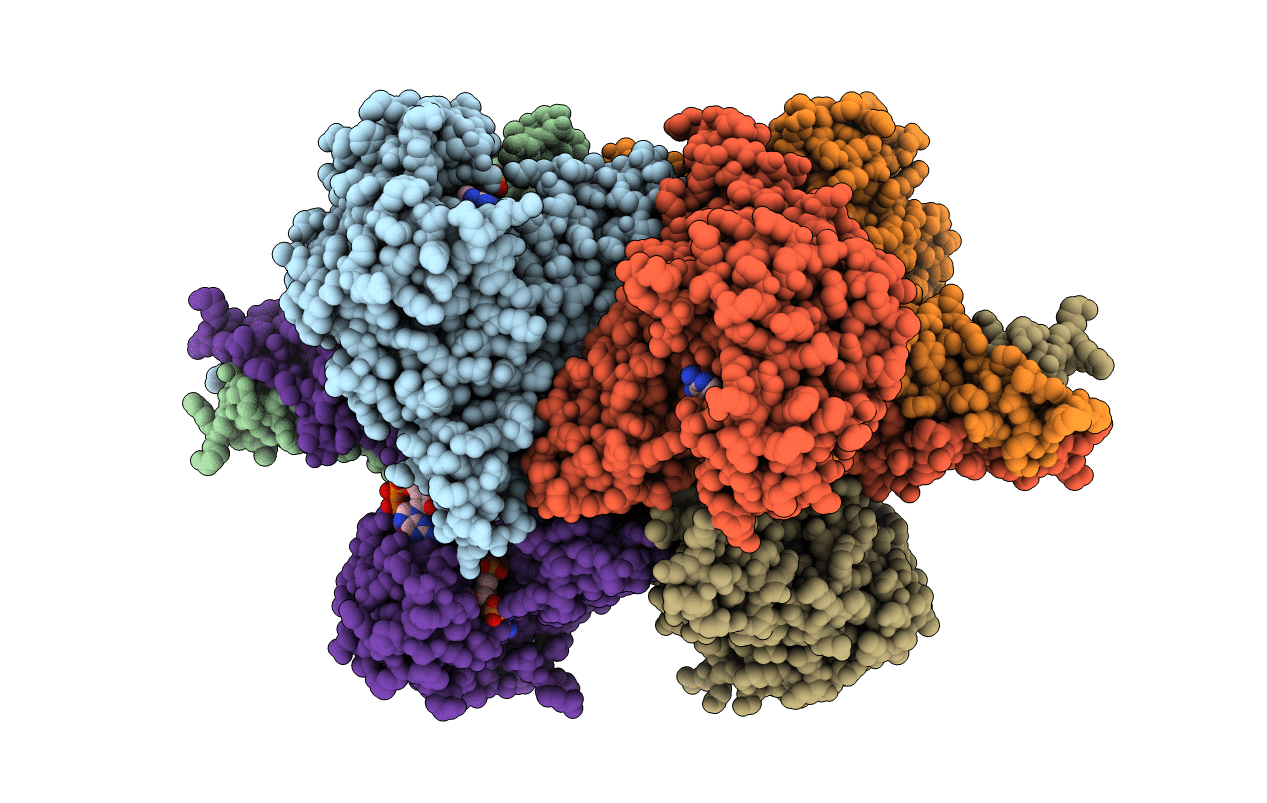
Deposition Date
2008-10-07
Release Date
2009-06-09
Last Version Date
2023-12-27
Method Details:
Experimental Method:
Resolution:
2.50 Å
R-Value Free:
0.25
R-Value Work:
0.24
R-Value Observed:
0.24
Space Group:
P 1 21 1


